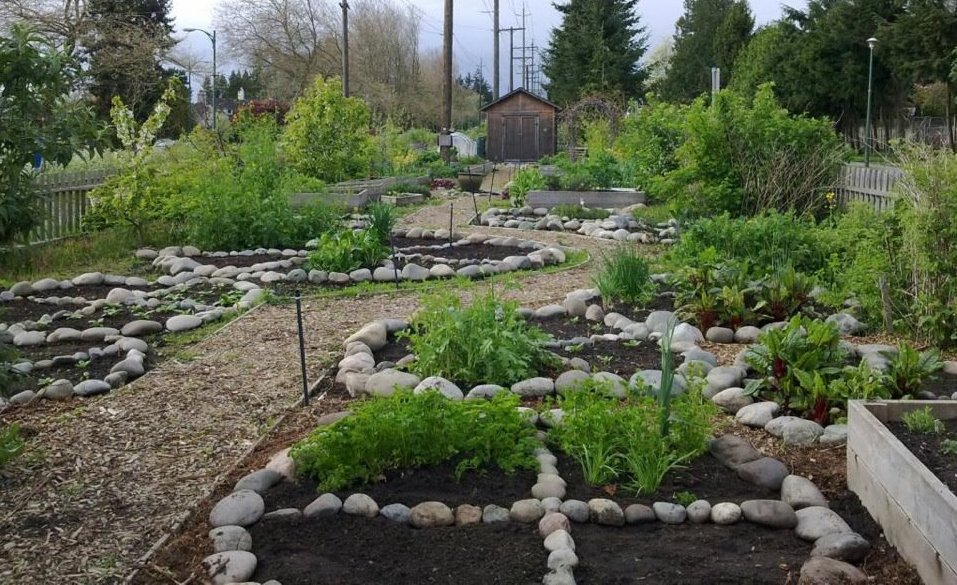Create a Sustainable Backyard Garden, Tips and Tricks

Designing a Sustainable Backyard Garden: Tips and Tricks
Creating a sustainable backyard garden is not just about growing plants. It's about designing a space that works in harmony with nature, conserves resources, and supports local ecosystems. Here are some tips and tricks to help you get started.
Sustainable Landscaping: The First Step
Sustainable landscaping is the foundation of a sustainable garden. It involves designing your garden in a way that minimizes water use, reduces waste, and supports local wildlife. This might involve creating raised beds, using permaculture principles, or incorporating hardscaping elements.
Garden Design Ideas for Sustainability
When it comes to garden design, think about how different elements can work together to create a sustainable system. For example, you could design your garden to capture rainwater, reduce runoff, and provide habitat for beneficial insects. Check out this article for more ideas.
The Importance of Native Plants
Native plants are a key component of a sustainable garden. They are adapted to local conditions, require less water and maintenance, and provide food and shelter for local wildlife. When choosing plants, consider their water needs, growth habits, and benefits to local ecosystems.
Water Conservation in Your Garden
Water is a precious resource, and your garden can help conserve it. Consider installing a rain barrel to collect rainwater, using drip irrigation to deliver water directly to plant roots, and mulching to reduce evaporation.
Composting: Turning Waste into Resources
Composting is a great way to reduce waste and enrich your soil. By composting kitchen scraps and yard waste, you can create a nutrient-rich soil amendment that improves soil structure, increases water retention, and supports plant health.
Creating Habitat for Beneficial Insects
Beneficial insects like bees, ladybugs, and praying mantis can help control pests and pollinate your plants. You can create habitat for these insects by providing a variety of native plants, leaving some dead plant material for overwintering, and avoiding pesticides.
Choosing Eco-Friendly Garden Materials
When it comes to garden materials, consider their environmental impact. Opt for recycled or sustainably sourced materials whenever possible, and avoid chemicals like pressure-treated wood or synthetic fertilizers.
Harvesting Rainwater for Your Garden
Harvesting rainwater is a great way to conserve water and reduce runoff. Consider installing a rain barrel or cistern to collect rainwater from your roof, and use it to water your plants during dry spells.
Reducing Energy Use in Your Garden
Your garden can also help reduce energy use. Consider planting trees for shade, using energy-efficient lighting, and avoiding gas-powered tools.
Maintaining Your Sustainable Garden
Maintaining a sustainable garden involves regular care and observation. Look for signs of pests or disease, and address them promptly with eco-friendly methods. Mulch regularly to conserve water and suppress weeds, and compost to replenish soil nutrients.
Conclusion
Designing a sustainable backyard garden is a rewarding and enjoyable process. By incorporating sustainable landscaping principles, choosing native plants, conserving water, and reducing waste, you can create a beautiful and productive garden that supports local ecosystems and conserves resources.
FAQs
- What are the benefits of using native plants in my garden?
- How can I conserve water in my garden?
- What is composting, and why is it important?
- How can I create habitat for beneficial insects in my garden?
- What are some eco-friendly materials I can use in my garden?
0 Response to " Create a Sustainable Backyard Garden, Tips and Tricks"
Post a Comment